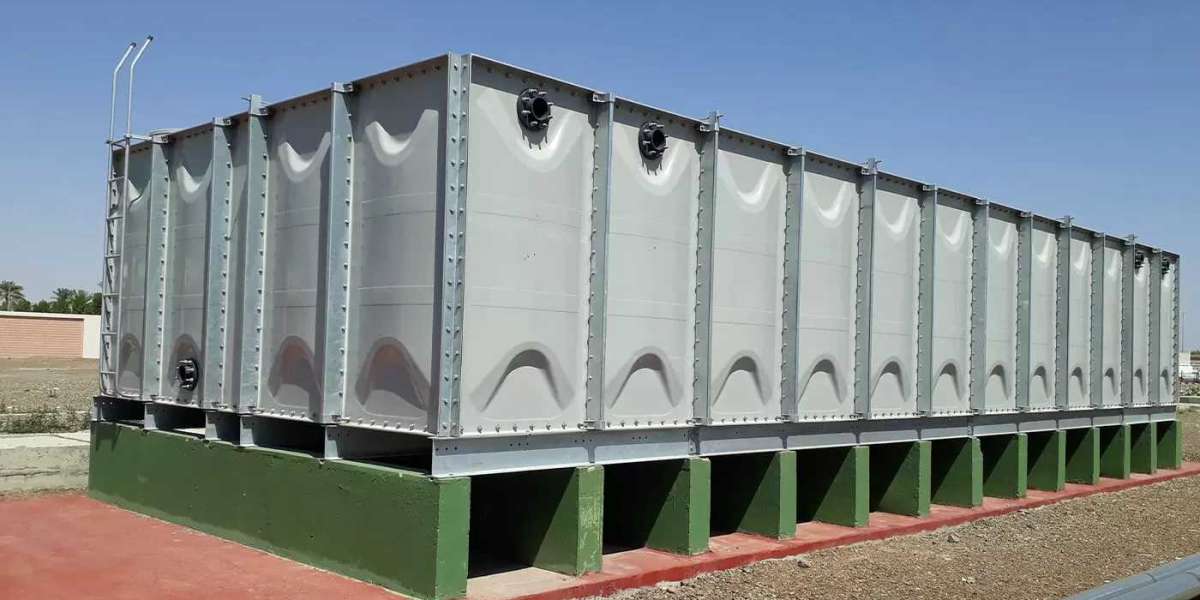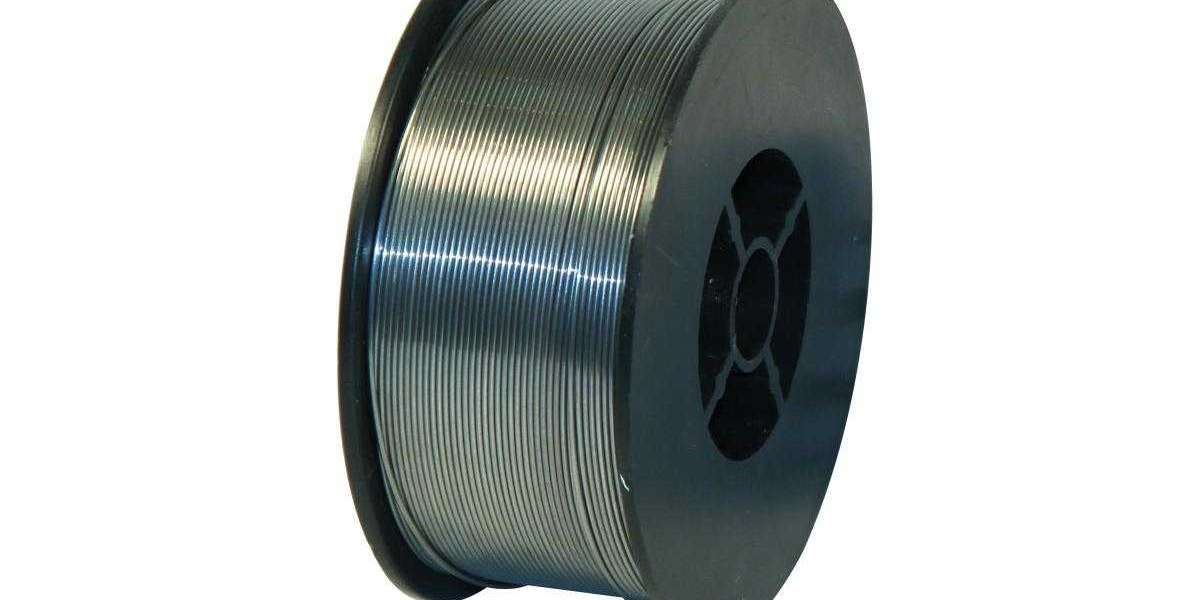Switching to Fiberglass Reinforced Plastic (FRP) water tanks can significantly enhance your water storage system. These tanks provide numerous benefits that make them a better option than traditional materials. From durability to environmental sustainability, FRP tanks excel in essential areas that are crucial for efficient and reliable water storage. Here are seven compelling reasons to switch to FRP water tanks today.
1. Durability and Longevity
FRP water tanks are known for their exceptional durability and long lifespan. Unlike steel or concrete tanks, FRP tanks resist corrosion due to their composite materials, which include fiberglass and specialized resins. This combination makes FRP tanks highly resilient against harsh environmental conditions and chemical exposure, maintaining their integrity with minimal maintenance for many years. This long-term reliability translates to significant cost savings, as fewer replacements or repairs are needed. With the ability to withstand extreme pressure and fluctuating temperatures, FRP tanks are a reliable option for industrial, agricultural, and municipal water storage needs.
2. Cost-Effectiveness
FRP water tanks offer great cost-effectiveness. Although the initial investment may seem high, the lower installation and maintenance costs make them a financially sound choice. The lightweight construction of FRP tanks reduces transportation and installation expenses, cutting labor costs and shortening project timelines. Their low maintenance requirements further enhance savings, as FRP tanks do not require regular anti-corrosion treatments like steel tanks. With fewer ongoing costs, the total cost of ownership is lower over the tank’s lifespan, making FRP tanks a smart financial decision for businesses and municipalities alike.
3. Customization and Versatility
FRP water tanks offer unmatched customization options, making them suitable for a variety of applications. Manufacturers can design these tanks to specific dimensions, shapes, and configurations based on project requirements. Whether you need tanks for potable water, chemical storage, or irrigation, FRP tanks can be customized to fit your needs. They can also accommodate various fittings, reinforcements, or specialized linings to meet industry standards and operational requirements. Their versatility extends to chemical compatibility, safely storing corrosive substances like acids and alkalis without material degradation. This makes FRP tanks a perfect solution for industries with diverse storage needs.
4. Environmental Sustainability
In today’s eco-conscious world, FRP water tanks stand out for their environmental sustainability. The production of fiberglass materials is energy-efficient, and FRP tanks have a smaller carbon footprint compared to traditional steel or concrete tanks. At the end of their life cycle, FRP tanks are recyclable, contributing to global sustainability goals. Their long lifespan and low maintenance needs further reduce environmental impact, as fewer resources are required for repairs and replacements. For industries and municipalities focused on sustainability, FRP tanks provide an eco-friendly storage option.
5. Regulatory Compliance
FRP water tanks comply with stringent environmental regulations due to their non-corrosive nature and ability to safely store hazardous substances. By using FRP tanks, industries can avoid costly fines and disruptions related to non-compliance. These tanks ensure reliable containment of hazardous materials, minimizing environmental risks and protecting communities. For businesses and municipalities, choosing FRP tanks ensures peace of mind, knowing that their storage systems meet all necessary safety and regulatory standards.
6. Safety and Reliability
Safety and reliability are critical when it comes to storing water or chemicals. FRP tanks are designed to safely contain stored substances with their strong construction, preventing leaks and contamination. This is especially important in industrial environments where hazardous materials are stored. The ability of FRP tanks to maintain their integrity in various conditions ensures smooth operations without the risk of failures or safety hazards. This level of reliability is essential for industries prioritizing both safety and operational efficiency.
7. Easy Installation and Maintenance
FRP water tanks are easy to install and maintain. Their lightweight design simplifies transportation and installation, reducing the need for heavy machinery and labor. This makes them ideal for projects with tight schedules or limited access to equipment. Additionally, FRP tanks require minimal maintenance compared to traditional tanks, which often need regular inspections and treatments. The ease of installation and low maintenance make FRP tanks a practical solution for industries looking for efficient and hassle-free water storage.
Conclusion
Switching to FRP water tanks is a strategic choice due to their durability, cost-effectiveness, customization options, environmental sustainability, regulatory compliance, safety, and ease of installation and maintenance. Whether for municipal water systems, industrial chemical storage, or agricultural irrigation, FRP tanks provide superior performance and long-term benefits. Make the switch to FRP water tanks today and enjoy the advantages they bring to your operations.








